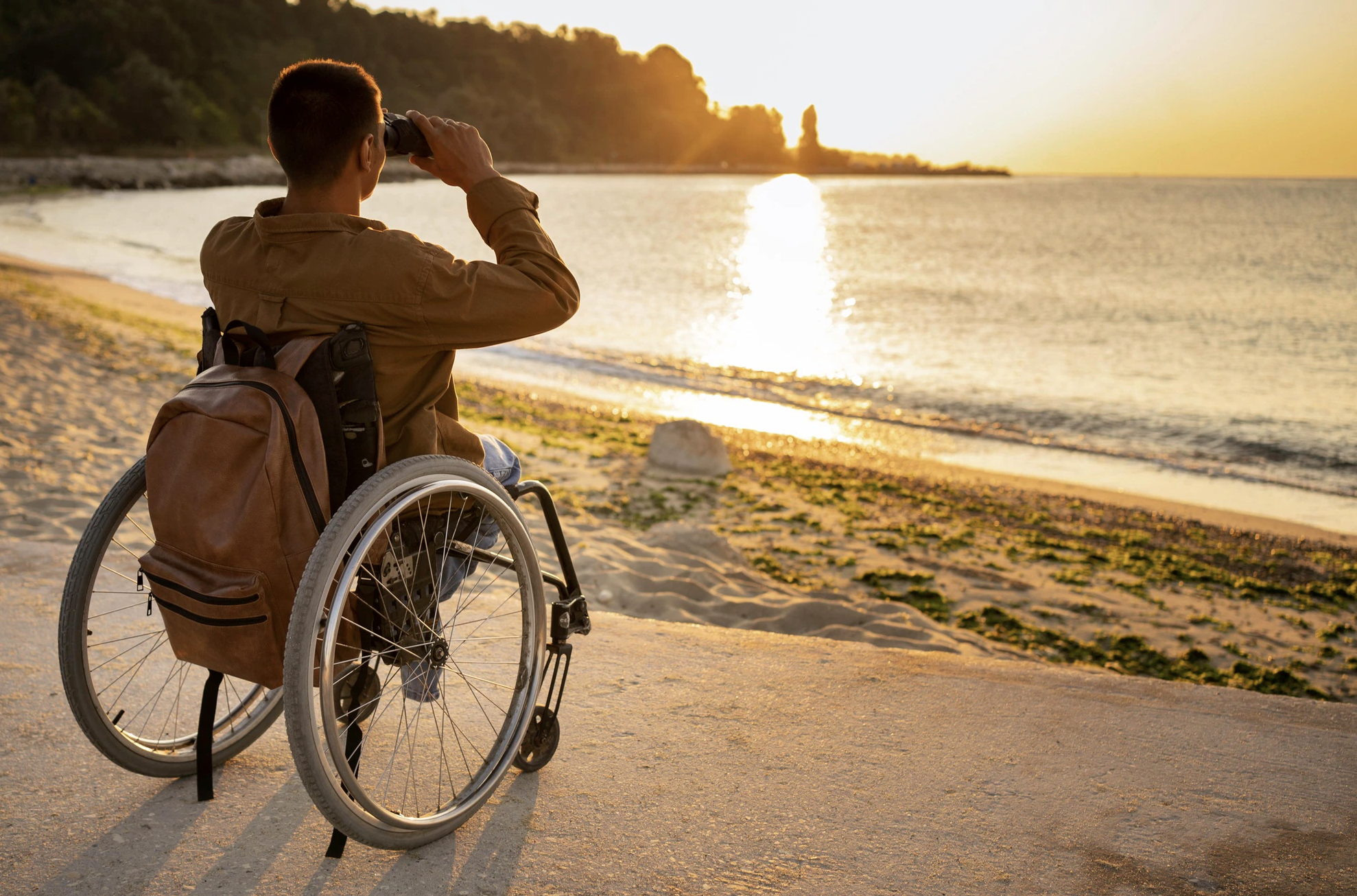Development of a Community Mapping App for the Non-Ambulatory
Roles
Research lead at HGU
Worked with UX Group & Computer science Group at HGU, and Pohang city welfare officials
Goals
Understanding the non-ambulatory’s needs and difficulties to learn coffee making and service strategies
Developing a crowdsourced platform, a community mapping app, to provide information about the accessible facilities.
Details
Funded by Korea Telecom (KT) ; the largest South Korean telecommunications company
Conducted interviews with the non-ambulatory
Established Design Guidelines of system interface and interaction design for the non-ambulatory
Background & User Research
We conducted user research with the non-ambulatory
“I want to check if there are bumps on the way to the parking lot and an accessible bathroom at where I am going to, but there is no service that provides such information.”
“When we go to a restaurant, we often come back because the disabled cannot enter. So, I need to search for the information about the place before I go to travel.”
Analysis & Wireframe
After analyzing the result of user research and literature reviews, we developed the structure of a community mapping app for the non-ambulatory. Users can provide the information that the non-ambulatory need through the app.
Developing Prototypes
Text written on the app was translated in English.
Image sources : https://www.designdb.com/?menuno=1432&bbsno=359&siteno=15&act=view&ztag=rO
0ABXQAOTxjYWxsIHR5cGU9ImJvYXJkIiBubz0iOTkwIiBza2luPSJwaG90b19iYnNfMjAxOSI%2BPC9jYWxsPg%3D%3D#gsc.tab=0













